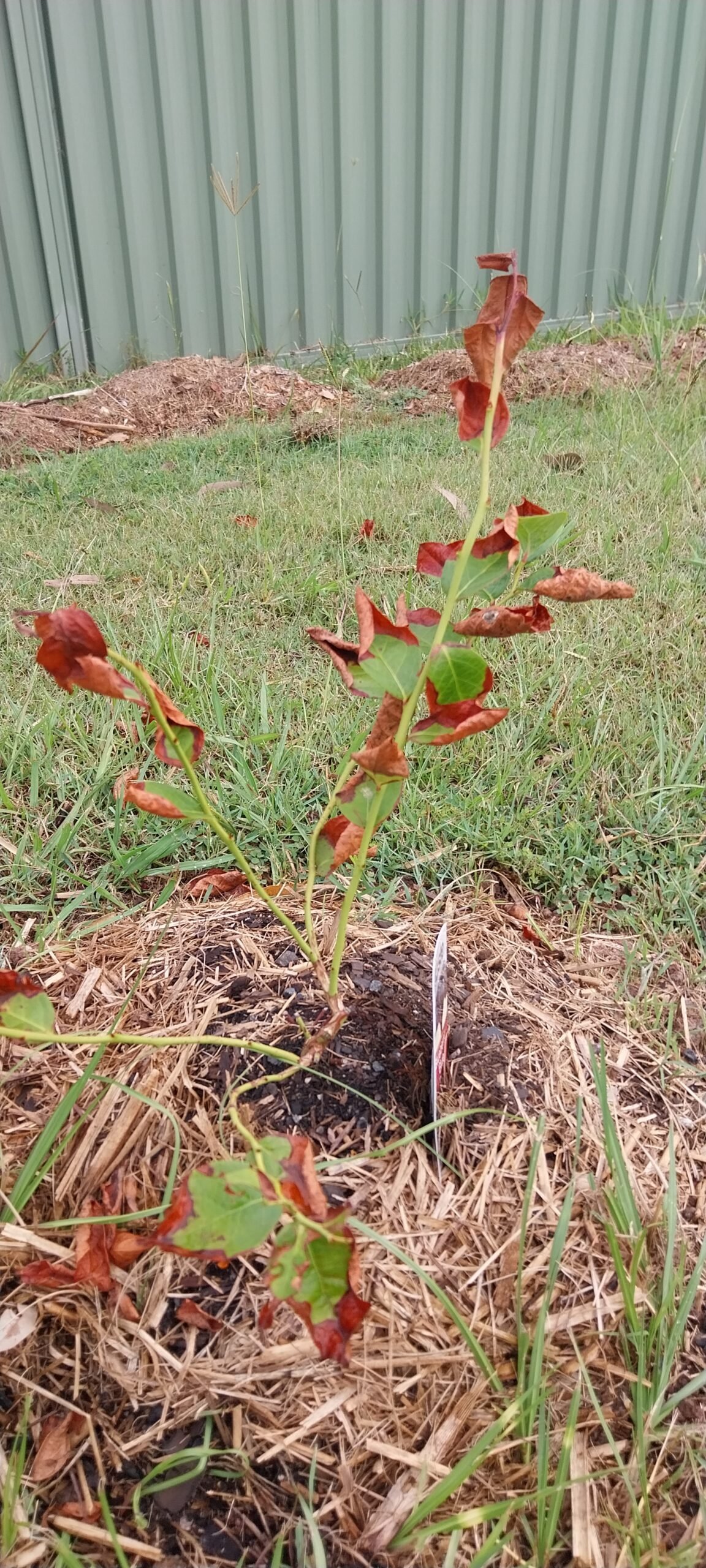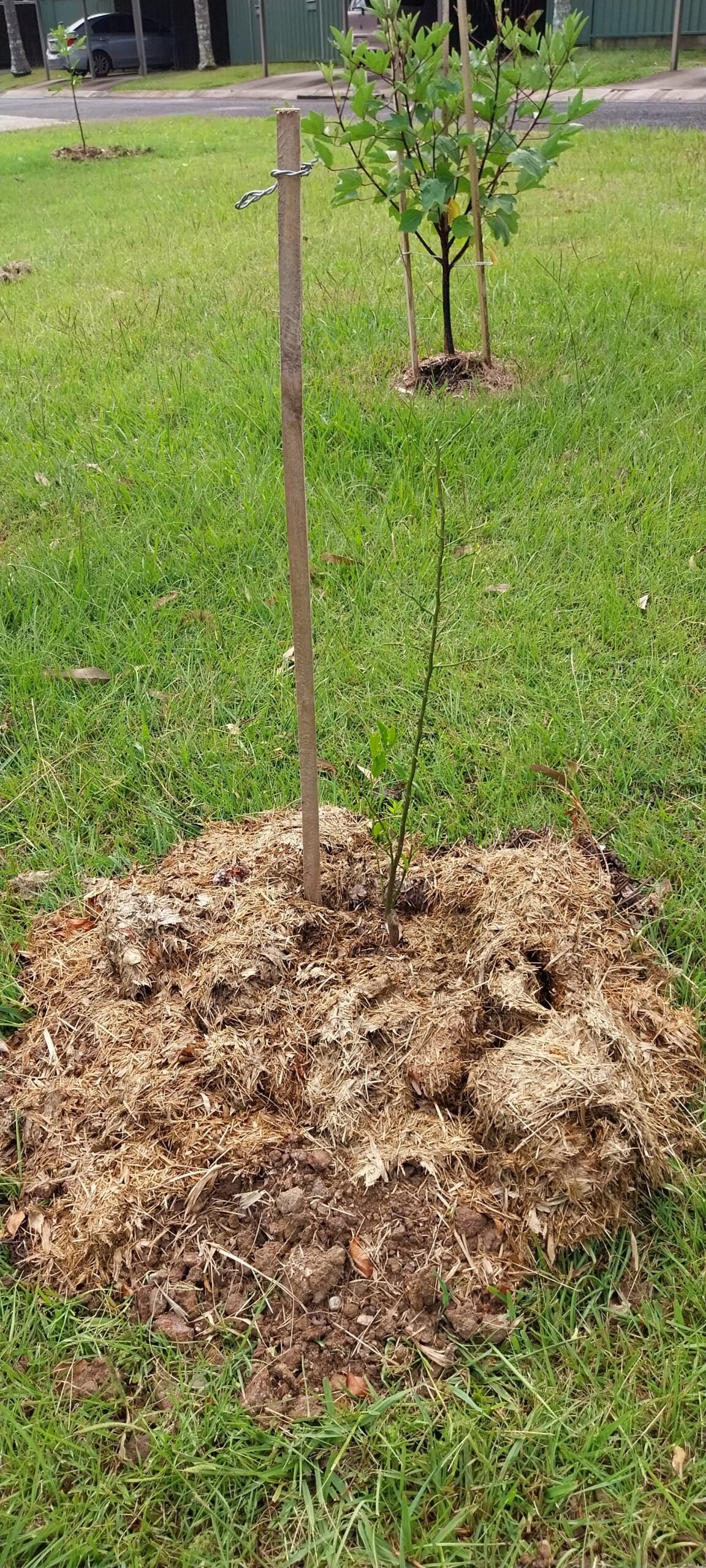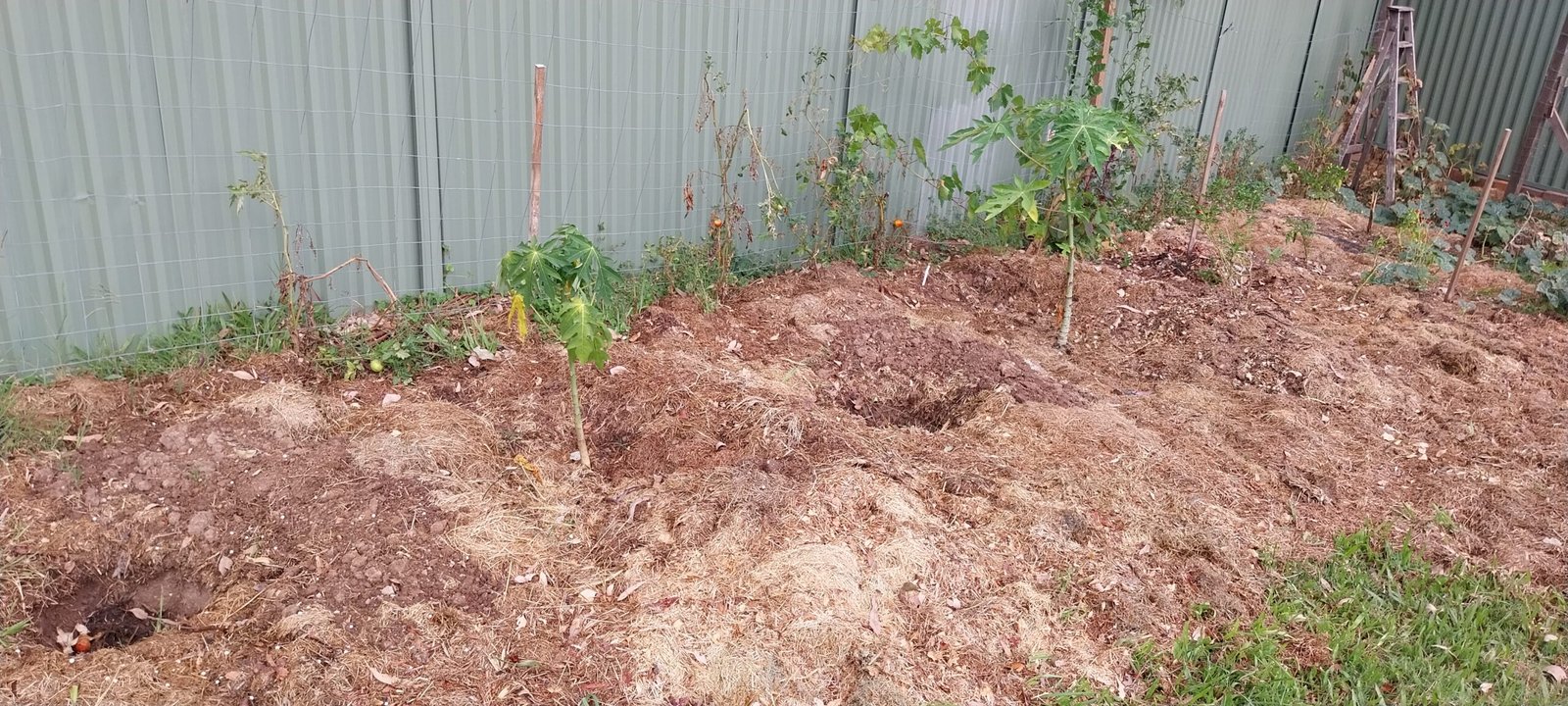Februaries in Brisbane are now so hot that many plants, including sun loving plants like corn, can simply not survive the full sun, especially as seedlings. Other parts of Australia are even hotter. Here are some survival tips.



There is nothing more disheartening that digging, manuring, mulching and planting, only to lose a crop of seedlings because of hot weather. Shade and water retention are the two great assistants to seedling survival. This article describes cheap and completely free approaches to heatwave survival. The pictures come from the author’s community garden in Logan Queensland. The principles can be applied anywhere, though.

Shading your seedlings and nursery raised trees and shrubs from the hottest sun is critical. This need not be a permanent solution, or shade them all day, it is just to give the plants some relief while they get established in their new surroundings. As long as the shade protects them for a significant part of the day until cooler weather arrives. That makes it pretty easy to construct a shade system out of things you have lying around. Of the four different approaches shown in the main picture, the palm fronds offer a completely free solution as they were just lying around waiting to be taken to the tip. Palm fronds are not only free, but the part that attaches them to the tree can be used as a hook to hang the palm frond from a fence as shown below, or as a stand to keep it off the seedlings.
The other solutions involved the purchase of some poles and shade cloth. The triangular piece of shade cloth was retrieved from a rubbish collection. The poles are put into the corners of the shade cloth first and then banged into the ground, that way, the tension holds everything in place and there is no wire tying the shadecloth onto the poles. Providing shade on a temporary basis, is pretty easy and inexpensive.
Keep the water in the ground
Keeping the roots of the plant wet is the other trick and that will depend on where you live. In Brisbane the summers are wet and a lot of European plants, like the zuccinni under the white netting in the main picture, will go mouldy in the rain. To avoid that, we only water the roots of the plants and tend to water under the mulch if we can.

Because I love using natural waste products that cost me nothing and keep green waste out of land fill, I use grass clippings provided free from a local lawnmowing service as mulch. He saves on tipping fees and I get free green waste as mulch and compost. Green leaves are full of carbon and need to be complemented with manure or other sources of nitrogen to make good soil. Urine, poo and ground up dead animals sold as blood and bone or rooster booster provide nitrogen. You can probably think of lots of alternative sources of the raw materials, but in a community garden you have to keep things pleasant and polite so don’t start weeing on the compost at the communal barbecue.
The picture above shows a large pile of grass clippings, terraced so that the water collects in the holes, two of which have just had red paw paws (papaya) planted in them. The hole is much deeper that required and is filled with mulch, manure, dead cane toads and grass clippings. All that is well below the roots of the young plant and will attract insects and worms that help break up the clay in which the hole is dug. That clay will help break up the grass clippings and allow water and air to permeate the mix. Shaping the pile into four “swales” terraced scoops, encourages the water to collect around the roots of the plant and run across the original surface of the ground, under the mulch. This helps accelerate the rotting of the grass, and allows the water to soak into the ground.
In the background, a row of cherry tomatoes (nearly finished), a grape vine, malabar spinach, and a pumpkin (near the ladder) clamber up a wire fence, placed about a metre in front of the steel fence to keep the weight, the water and the wear and tear off the steel fence which is relatively new and very expensive. They are also planted in holes in the original clay, with lots of organic matter buried in the holes. While each of the existing plants has been planted in a hole, most of the small plants toward the bottom of the hill (right of the picture) have been planted into the composted grass clippings as the start of a ‘no dig’ approach. They are being fed with worm ‘juice’, Rooster Booster and compost added around their roots, on top of the clippings.
